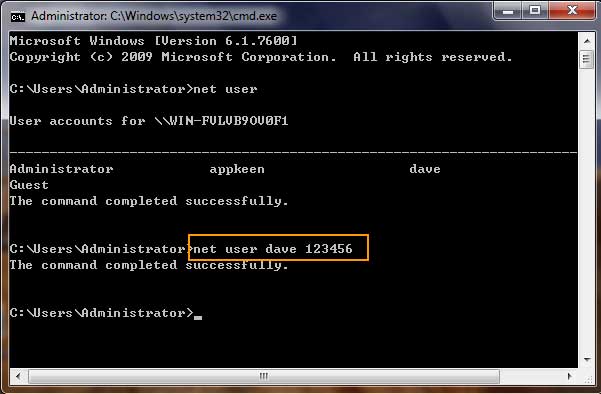

In the right-pane, double-click “ NtfsDisableLastAccessUpdate” and set its value to “ 0“. In the left-pane, navigate to the following registry key: HKEY_LOCAL_MACHINE \SYSTEM \CurrentControlSet \Control \FileSystemģ.

Click Start – search “regedit” (Windows 2000/XP/2003 Start – Run – regedit) to launch Windows Registry Editor.Ģ. Later if you need to disable, run the following command: fsutil behavior set disablelastaccess 1ġ. This enables the Last Access Time recording. Right-click and choose “Run as Administrator” to run Command Prompt with elevated privileges) fsutil behavior set disablelastaccess 0

If you choose to enable the Last Access time in Windows 7, 2008, Vista or earlier versionse you can either use FSUTIL ( not available in Windows 2000) or from the Windows Registry.įrom the command prompt as an Administrator run the following command: (In Windows 7/Vista/2008, click Start – search for cmd. This is disabled by default in Windows Vista and Windows 7 by default as this can add to the overhead of Disk I/O and performance although with the newer this can be anything close to negligible. This is quite useful and helps identify document age and status. The Last Access Time as it suggests is the time a File or a Folder is accessed the last time.


 0 kommentar(er)
0 kommentar(er)
